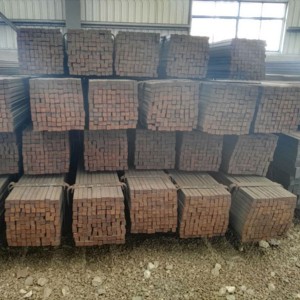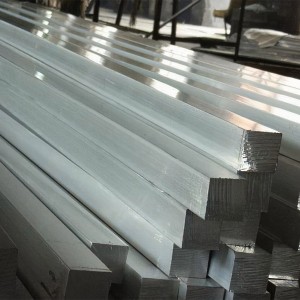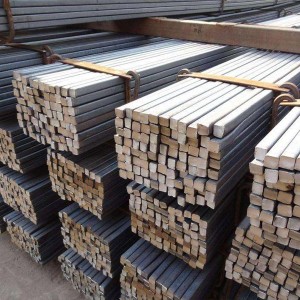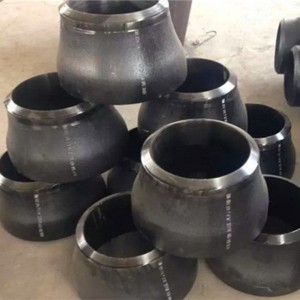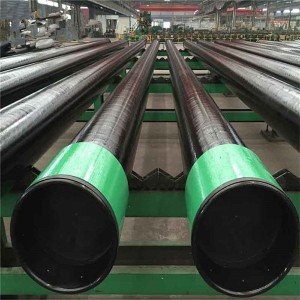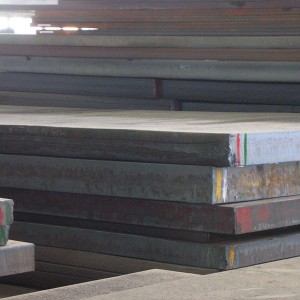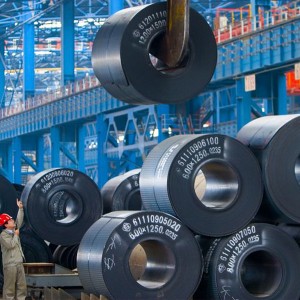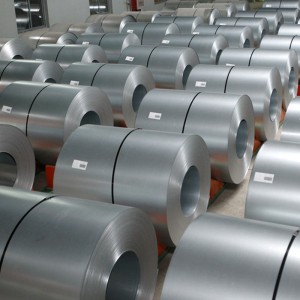Hollow Section Square Tube Rectangular Tube
Place of Origin: Shandong, China
Application: Structural Tube
Alloyed or not: Non-alloyed
Sectional shape: square and rectangle
Special pipes: square and rectangular steel pipes
Thickness: 1-12.75 mm
Standard: ASTM
Certificate: ISO9001
Grade: Q235
Surface treatment: black spray paint, galvanized, annealed
Delivery terms: theoretical weight
Tolerance: ±1%
Processing services: bending, welding, uncoiling, punching, cutting
Oiled or unoiled: no oil
Delivery time: 15-21 days
Product Name: Hollow Section Square Tube Rectangular Tube
Length: 1-12m
Third party inspection: TUV, BV
Free sample: free of charge
End: flat end
Payment terms: wire transfer, letter of credit, cash
Surface: black glossy, galvanized, spray painted
Packaging: Standard airworthy packaging
Fang Gang: It is solid, bar material. Different from the square tube, the hollow tube belongs to the tube. Steel (Steel): It is a material with various shapes, sizes and properties required by steel ingots, billets or steel through pressure processing. Steel is an important material necessary for national construction and the realization of the four modernizations. It is widely used and has a wide variety of products. According to different cross-sectional shapes, steel is generally divided into four categories: profiles, plates, pipes and metal products. In order to facilitate the organization of steel production, Order supply and do a good job of management work, divided into heavy rail, light rail, large section steel, medium section steel, small section steel, cold-formed steel section steel, high-quality section steel, wire rod, medium and thick steel plate, thin steel plate, silicon steel sheet for electrical engineering, strip steel , Seamless steel pipe, welded steel pipe, metal products and other varieties.
Steel tube shape: round, oval, square, rectangular
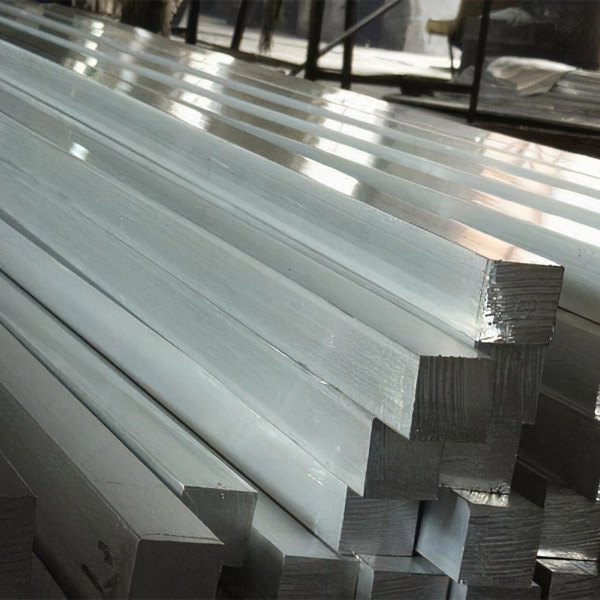
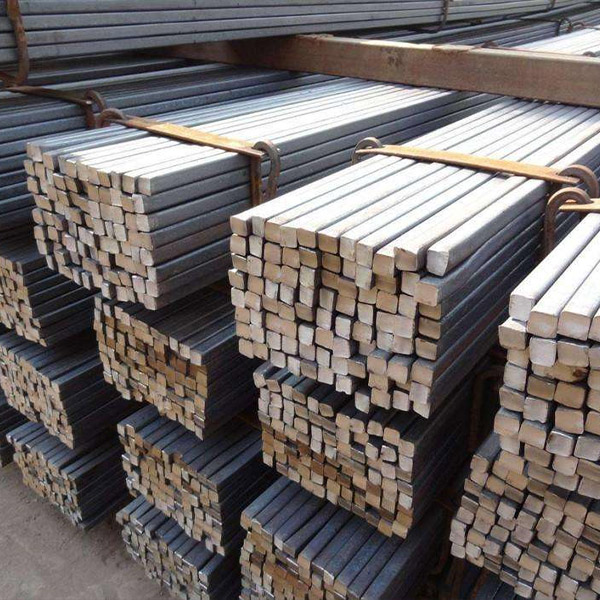
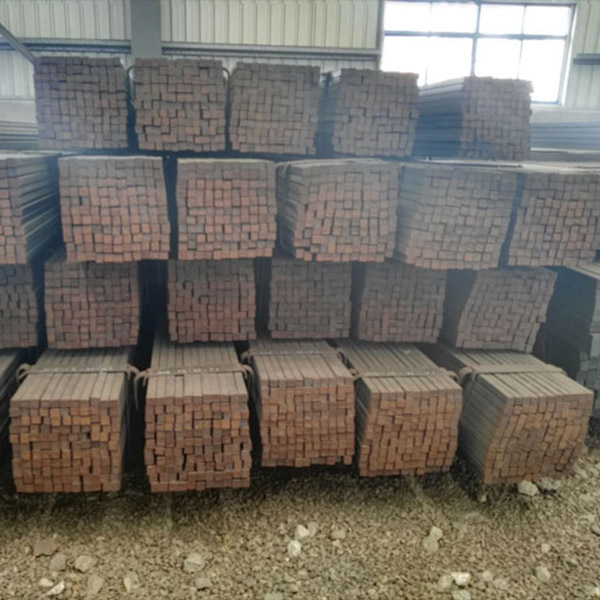
Cold drawn square steel
Cold-drawn square steel refers to cold-drawn steel with a square forging shape
Cold-drawn square steel refers to square cold-drawn steel,
Cold-drawn steel is to forcibly stretch the steel bar under normal temperature conditions with a tensile stress that exceeds the original yield point strength of the steel bar, so that the steel bar will be plastically deformed to achieve the purpose of increasing the yield point strength of the steel bar and saving steel.
Cold-drawn steel is the use of cold extrusion technology to pull out various high-precision, smooth-surface round steel, square steel, flat steel, hexagonal steel and other special-shaped steel through precise molds.
The concept of cold-drawn steel bars: for the purpose of saving steel and improving the yield strength of steel bars, the method of stretching steel bars with a tensile stress that exceeds the yield strength but is less than the ultimate strength to cause plastic deformation is called cold-drawn steel bars.
Stainless steel square steel
Stainless steel square steel
[square steel] rolled or processed into a square section
Stainless steel square steel
Stainless steel square steel is mainly used for fine decoration, such as doors and windows.
Calculation of theoretical steel weight
The unit of measurement for calculating the theoretical weight of steel is kilogram (kg).
The basic formula is: W (weight, kg) = F (cross-sectional area mm2) × L (length, m) × ρ (density, g/cm3) × 1/1000
|
Side length (mm) |
Section area (cm2) |
Theoretical weight (kg/m) |
Side length (mm) |
Section area (cm2) |
Theoretical weight (kg/m) |
|
5mm |
0.25 |
0.196 |
30mm |
9.00 |
7.06 |
|
6mm |
0.36 |
0.283 |
32mm |
10.24 |
8.04 |
|
7mm |
0.49 |
0.385 |
34mm |
11.56 |
9.07 |
|
8mm |
0.64 |
0.502 |
36mm |
12.96 |
10.17 |
|
9mm |
0.81 |
0.636 |
38mm |
14.44 |
11.24 |
|
10mm |
1.00 |
0.785 |
40mm |
16.00 |
12.56 |
|
11mm |
1.21 |
0.95 |
42mm |
17.64 |
13.85 |
|
12mm |
1.44 |
1.13 |
45mm |
20.25 |
15.90 |
|
13mm |
1.69 |
1.33 |
48mm |
23.04 |
18.09 |
|
14mm |
1.96 |
1.54 |
50mm |
25.00 |
19.63 |
|
15mm |
2.25 |
1.77 |
53mm |
28.09 |
22.05 |
|
16mm |
2.56 |
2.01 |
56mm |
31.36 |
24.61 |
|
17mm |
2.89 |
2.27 |
60mm |
36.00 |
28.26 |
|
18mm |
3.24 |
2.54 |
63mm |
39.69 |
31.16 |
|
19mm |
3.61 |
2.82 |
65mm |
42.25 |
33.17 |
|
20mm |
4.00 |
3.14 |
70mm |
49.00 |
38.49 |
|
21mm |
4.41 |
3.46 |
75mm |
56.25 |
44.16 |
|
22mm |
4.84 |
3.80 |
80mm |
64.00 |
50.24 |
|
24mm |
5.76 |
4.52 |
85mm |
72.25 |
56.72 |
|
25mm |
6.25 |
4.91 |
90mm |
81.00 |
63.59 |
|
26mm |
6.76 |
5.30 |
95mm |
90.25 |
70.85 |
|
28mm |
7.84 |
6.15 |
100mm |
100.00 |
78.50 |





